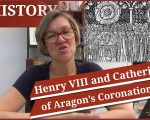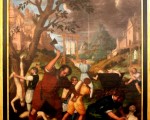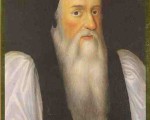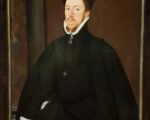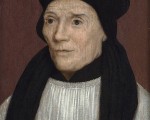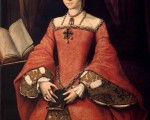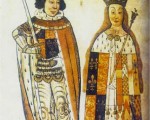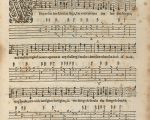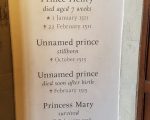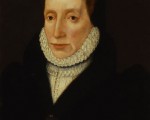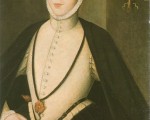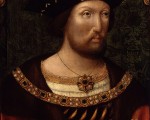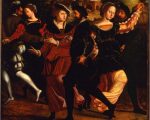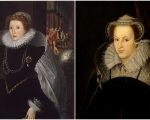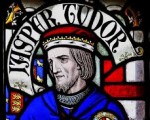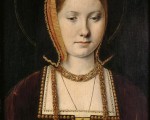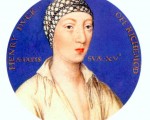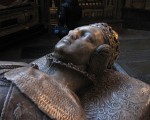19th November:
1563 – Robert Sidney, 1st Earl of Leicester, courtier, patron of the arts and poet, was born at Penshurst in Kent. Sidney was the second son of Sir Henry Sidney and his wife, Mary (née Dudley), daughter of John Dudley, Duke of Northumberland. It was discovered that Robert was a poet, like his more famous brother Philip, when his notebook came to light in the library of Warwick Castle in the 1960s. The notebook contained a collection of over sixty sonnets, pastorals, songs and shorter pieces written in the 1590s.
1564 – Death of Lord John Grey, youngest son of Thomas Grey, 2nd Marquis of Dorset and courtier. Grey was arrested with his brothers, Thomas and Henry (Duke of Suffolk and father of Lady Jane Grey), in 1554 for their involvement in Wyatt’s Rebellion. Thomas and Henry were executed, and although John was condemned to death, he was released and pardoned due to the intercession of his wife, Mary, sister of Anthony Browne, Viscount Montagu.
1566 – Death of Reynold Corbet, member of Parliament and judge. He was buried at Stoke upon Tern in Shropshire. Corbet’s offices included recorder of Shrewsbury, Justice of the Peace for Shropshire, a member of the Council in the Marches and Puisne Justice of the Queen’s Bench.
1584 – Death of William Bendlowes, member of Parliament, Serjeant-at-Law and Law Reporter. He was buried at Great Bardfield in Essex, where his monumental brass can still be seen today. Bendlowes reported on court cases from the period 1534-1579.
1587 – Death of Henry Vaux, poet, Catholic recusant and priest harbourer, of consumption at Great Ashby, the home of his sister, Eleanor Brooksby. Vaux was sent to Marshalsea prison after being arrested in November 1586 for offering accommodation and assistance to Catholic priests. He was released in May 1587 due to ill health.
1590 – Death of Thomas Godwin, physician and Bishop of Bath and Wells, at Wokingham in Berkshire, his birthplace. He had retired there due to ill health, and was buried in the local church. Elizabeth I chose Godwin as one of her Lent preachers, and he served in that post for eighteen years.
1604 – Death of Richard Edes, Dean of Worcester, royal chaplain and court preacher, at Worcester. He was buried in Worcester Cathedral. Edes was a royal chaplain to Elizabeth I and James I, and had just been appointed to work on a new version of the English Bible when he died.
[Read More...]
